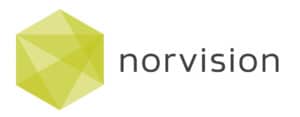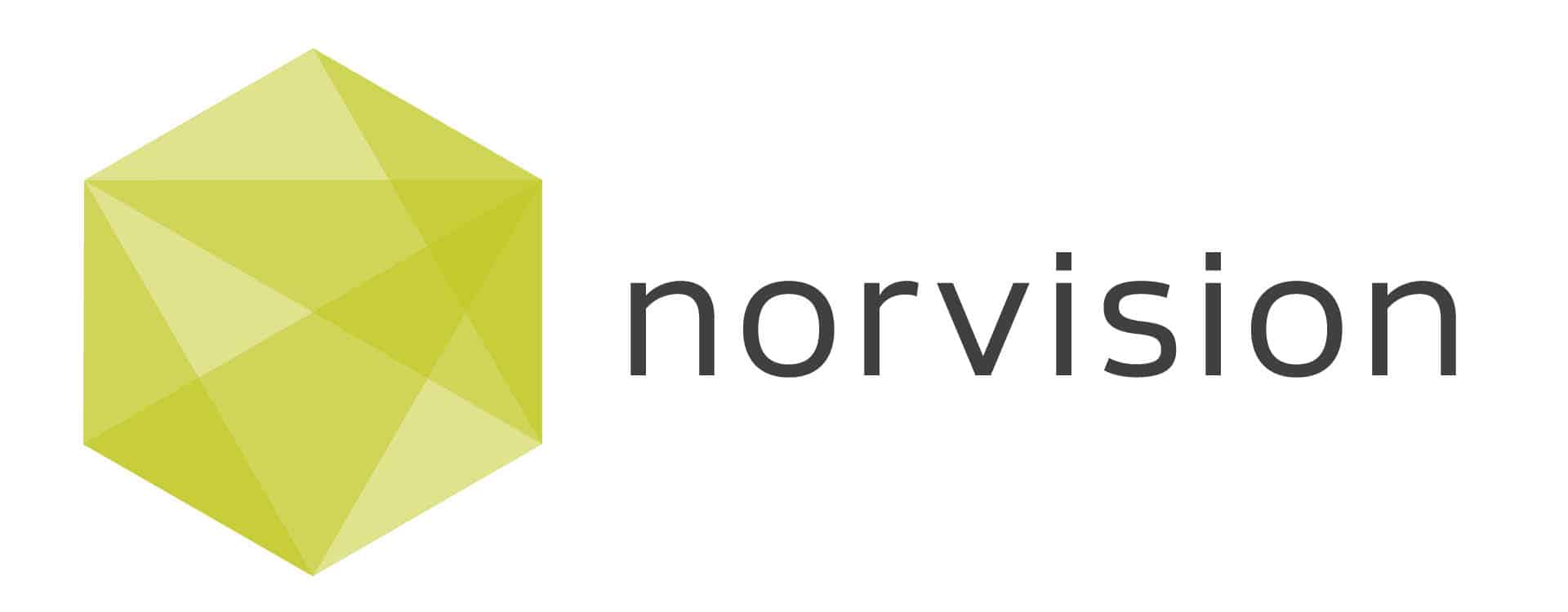Key Tips for Digital Wayfinding for Hospitals

Key Tips for Digital Wayfinding for Hospitals
Successful wayfinding involves knowing where you are, knowing your destination, knowing and following the best route to your destination, being able to recognize your destination upon arrival, and reversing the process to find your way back out (Design That Cares: Planning Health Facilities for Patients and Visitors, Carpman & Grant, 1993).
A successful digital wayfinding system depends on three factors:
- Location – where your system is placed
- Hardware – what will deliver the wayfinding component
- Software – the user interface that visitors and patients will use
Location
It’s important that you place your system in easily accessible areas. Using common entrances and locations where visitors and patients enter the facility is critical, but other considerations, such as locations where visitors are known to lose their way, are important as well If there are multiple floors, consideration must be given to having locations on each floor by the elevators to help the user get oriented.
Hardware
We suggest wall touch screens, large screen kiosks, or tabletop kiosks. These three options allow easy access and are less intimidating to users and an LCD screen can be used for all three. With a lot of room to play with on an LCD, the content is better spaced, providing users with more visual rest areas. With optimal white-space, more content can be offered in a user-friendly format, allowing for fewer steps to obtain the directions. Larger is better, friendlier, and more effective.
Software
Software is divided into two areas: graphic design (how it looks), and logical design (how it works).
User Experience
Keep it simple and design it to be easy to use—very easy to use. Visitors to a hospital will be a mix of all ages, but many of them will be senior citizens.
- Maps – Simple and straightforward; use current maps as a guide, but keep the design clean and easy to navigate. There may be a tendency to over do these maps because technology offers so many options. Make restrooms stand out since this is most likely the first thing visitors will look for when they enter your building.
- Navigation – Use buttons that are large and easy to see and make text very obvious. Cluster buttons in a designated area. Minimize the number of buttons so there are not too many options per screen.
- Legend – Explain the icons used on the map. Legends should be universal. Use maps you already have as a guide.
The design should be simple and clean; but we are also brand marketers and it’s very important that this interface look like it belongs in your facility. It needs to have the same look and feel as your print material and online presence. This may be the first or the 100th interface with the user and it needs to be consistent and present a strong connection with your company’s brand standards.
Logical Design
Process of Navigation: Keep it simple. Seeing a theme? The more efficient the route, the better.
- You Are Here
- Select destination
- Show directions
Don’t get caught up in over branding on the first page and make people work to get to the map. People look for maps right away when they enter an unfamiliar building. You want them to use this map, so getting them immediately into the process is key to driving utilization. Besides, you can brand around the frame of the map. If branding is a must, an extra screen that rolls a brand message can be added —next to the maps!
The software should be flexible and easily modified for construction, room repurposing, or department relocations. This is the one major benefit of digital wayfinding— it’s very easy to make changes. Updates may be made by facility management, hospital administration or by the agency.
Summary
Knowing where you are, knowing your destination, knowing and following the best route to your destination, being able to recognize your destination upon arrival, and reversing the process to find your way out is the end product of a good digital wayfinding system. You should consider: location of the system, hardware needed, and software requirements;but it should be stressed, with technological advancements and the complexity of hospital facilities, each application of digital wayfinding can vary greatly.
Norvision specializes in intelligent digital communication solutions for healthcare and we understand the unique challenges inherent in this industry. If you are considering digital wayfinding call 480-737-4853 today and let us evaluate your needs, and offer an effective solution.
We Would Love To Hear From You

Tempe, AZ 85281
(480) 447-4260
solutions@norvision.com
www.norvision.com

